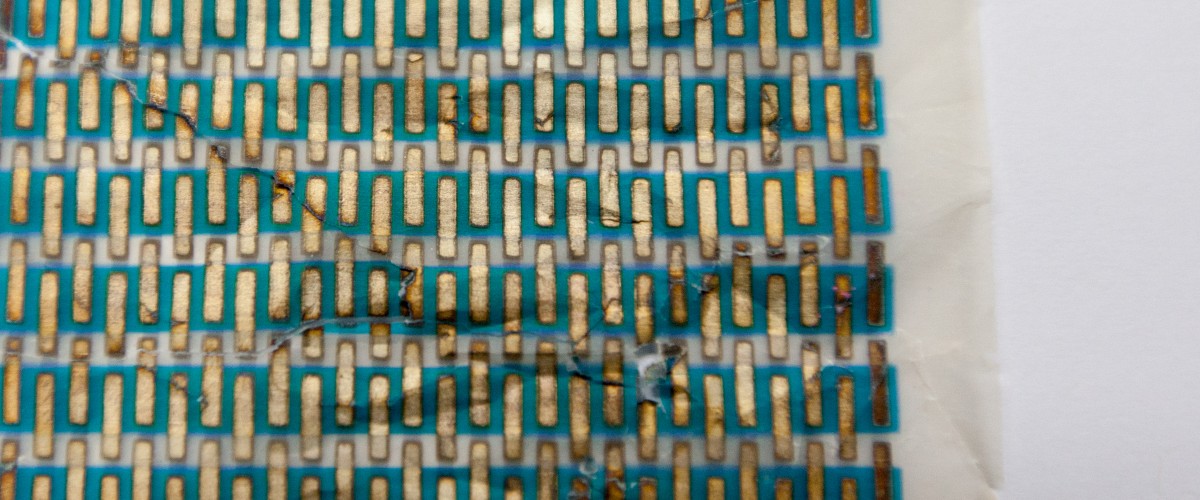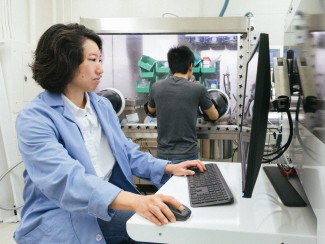
From batteries to solar panels, the materials used to create clean energy technologies are often the crux of their innovation. By developing new materials and new fabrication methods, researchers at UW–Madison increase the efficiency and cost-effectiveness of existing energy technologies while also creating new possibilities. With new transistors, new nanomaterials, better battery components, or new ways of creating solar cells, our materials experts use the micro to transform the macro.




